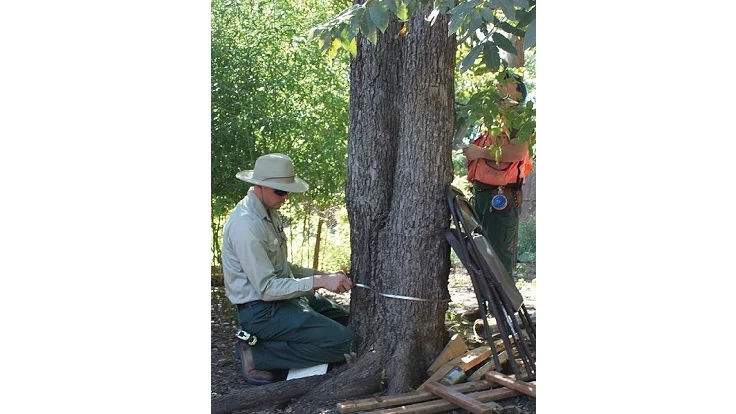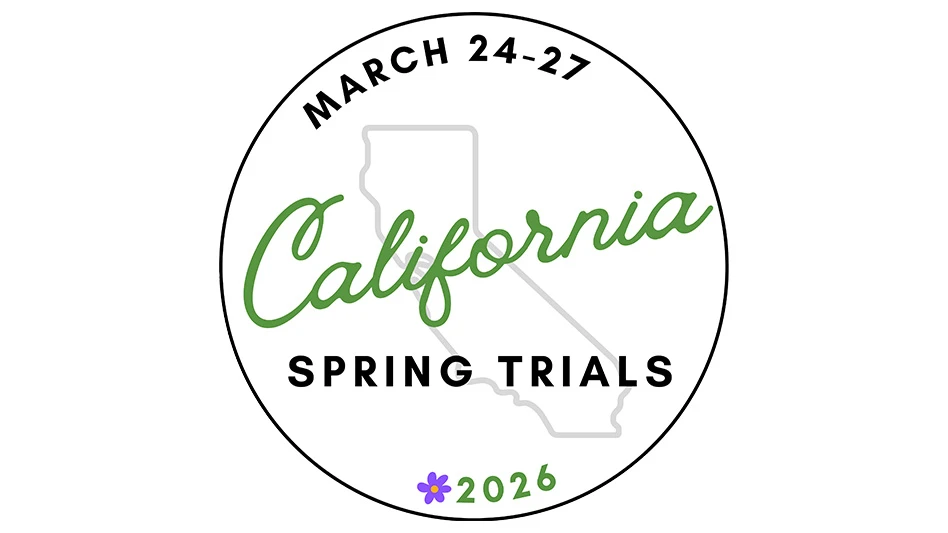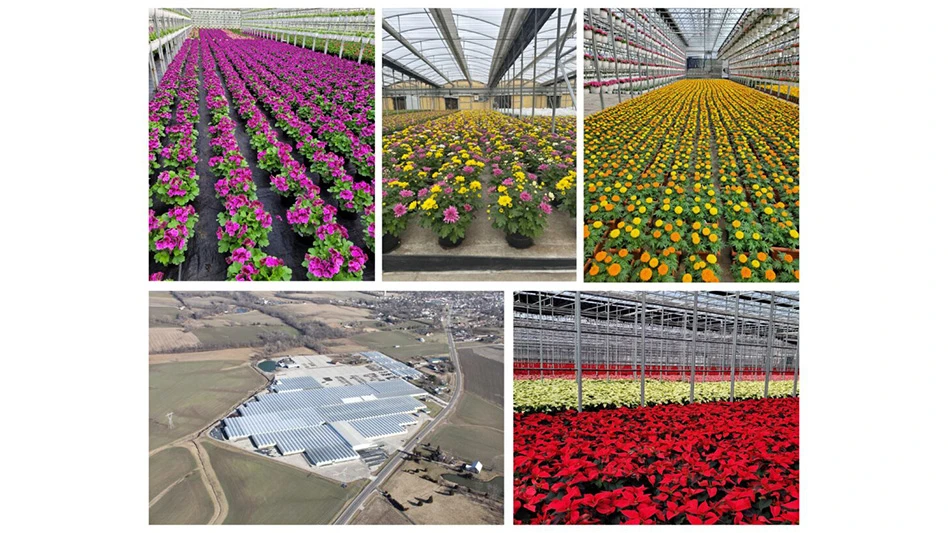
Texas A&M Forest Service personnel measure a tree for the Austin urban inventory. Photo by Chris Edgar, Texas A&M Forest Service.
NEWTOWN SQUARE, Pa. -- The U.S. Forest Service recently published its first urban forest assessment — providing details on the composition and health of the Austin, Texas urban forest, and documenting the contributions trees make to the environment, economy and the well-being of the community’s residents.
According to the report, Austin’s trees provide almost $34 million in services and benefits to the community in air pollution removal, carbon sequestration and energy savings.
Using Forest Service Forest Inventory and Analysis (FIA) data, Austin’s Urban Forest 2014 estimates the quantity, health, composition and benefits of Austin’s trees. Since 1930, the FIA program has provided information on the nation’s forests, but has largely excluded urban areas.
In 2014, FIA began an annualized urban inventory program, partnering with Forest Service i-Tree researchers to analyze FIA data collected from city plots and quantify benefits. Austin, Texas, is one of the first cities to be included in the new FIA Urban Inventory Program.
“Austin is an ideal location because of our long-term relationships with the State of Texas and the enthusiasm of the Texas A&M Forest Service to collaborate on and support the program,” said David Nowak, lead author of Austin’s Urban Forest 2014 and research forester with the Forest Service Northern Research Station. Texas A&M Forest Service (TFS) conducted the field work, coordinated with the Forest Service on data analysis, and helped write the report.
Click here to read more.
Latest from Nursery Management
- GIE Media Horticulture Group wins five regional 2025 Azbee Awards of Excellence
- Get to know Pat Reilly with NewGen Boxwood and the American Boxwood Society
- Terra Nova Nurseries introduces rust-free and disease-resistant heucherella
- John T. Nickel, founder of Greenleaf Nursery Co., passes away at 89
- Three tours offered at 2025 Farwest Show
- Garden Media Group announces sixth annual Women in Horticulture Week
- Star Roses and Plants announces National Knock Out Rose Day
- The Growth Industry Episode 4: How federal budget cuts are affecting horticulture nonprofits





